
Casciotta d'Urbino dop La Basilica di San Formaggio
Urbino is a walled town of about 15.000 in the Pesaro-Urbino province of Le Marche, known for its university (one of the oldest in Europe) and its architectural and artistic patrimony, which received UNESCO World Heritage status in 1998. Its name likely comes from the Latin word urbs-urbis, "city," and the adjective binus-a-um, which means.
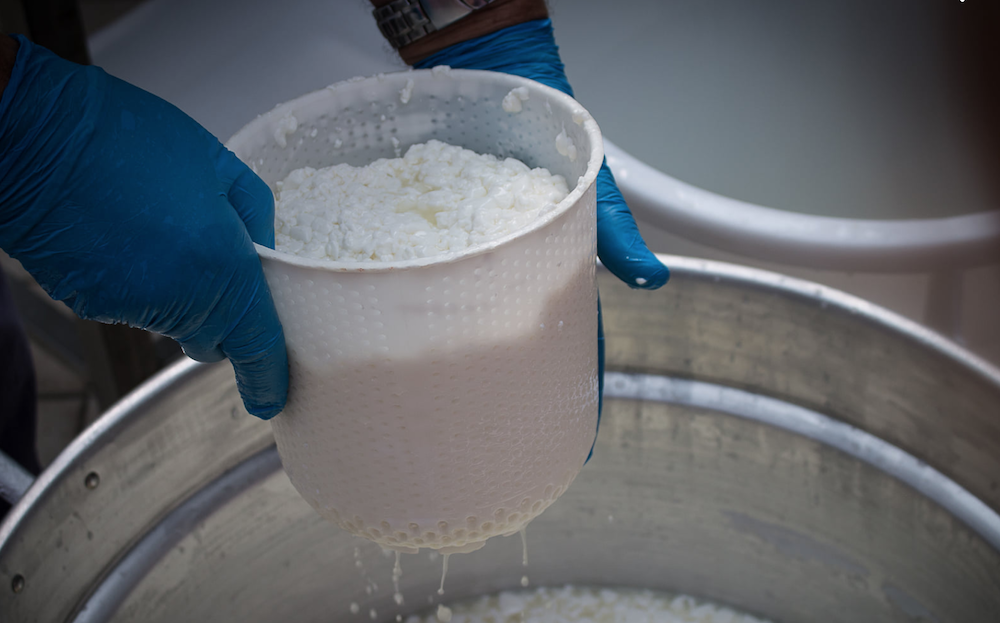
La Casciotta d'Urbino Dop NonToccatemiIlFormaggio
Italian cheese / From Wikipedia, the free encyclopedia. Casciotta d'Urbino or Casciotta di Urbino is a type of Caciotta cheese, made in the Province of Pesaro and Urbino in the Marche region, central Italy. This cheese is generally made of between 70 and 80% sheep milk with 20-30% cow's milk. First made in ancient times, this cheese, it is said.

In pericolo la Casciotta d’Urbino Il Latte
Casciotta d'Urbino or Casciotta di Urbino is a type of caciotta cheese made in the province of Pesaro and Urbino, in the Marche region of Italy. This cheese is generally made of between 70 and 80% sheep's milk with 20-30% cow's milk. First made in ancient times, this cheese, it is said was a favourite of Michelangelo and Pope Clement XIV.

Casciotta d'Urbino il primo formaggio delle Marche a diventare DOP
Casciotta is produced only between April and September and aged for about 20 to 30 days. It is an extremely versatile cheese, paired with light wines and enjoyed in various dishes, from starters such as Crescia Sfogliata di Urbino , a type of Marche flatbread typically filled with cold cuts and arugula, to more elaborate pasta and meat dishes.
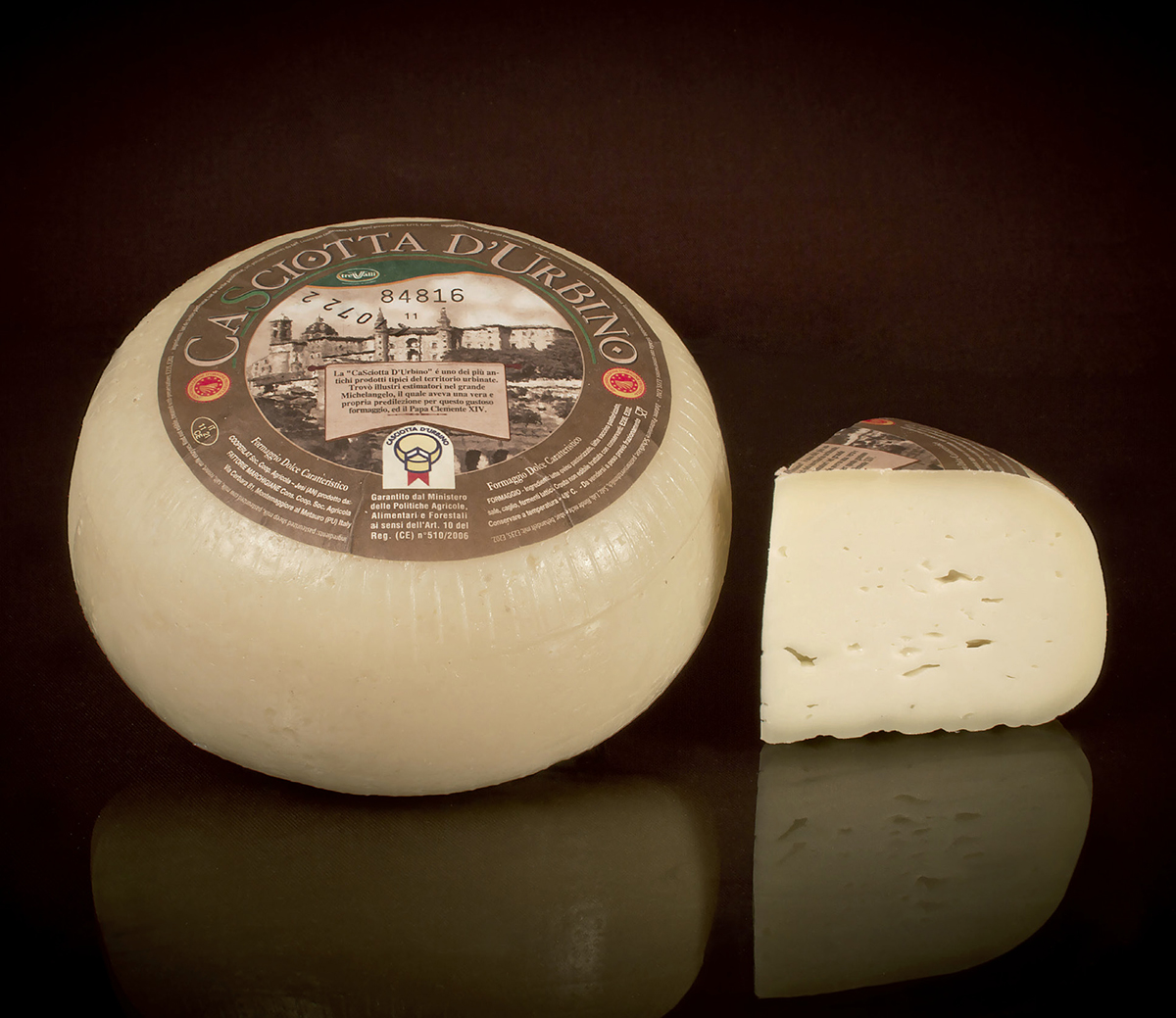
Casciotta d'Urbino DOP, a latte misto, a pasta molle
La pasta della casciotta è di colore bianco paglierino, mentre la sua crosta è gialla, d'intensità crescente con la stagionatura la quale è di circa un mese. Una peculiarità della casciotta d'Urbino risiede nella sua forma rotonda e bombata per merito degli antichi stampi forati che accolgono la cagliata e che tradizione vuole in.
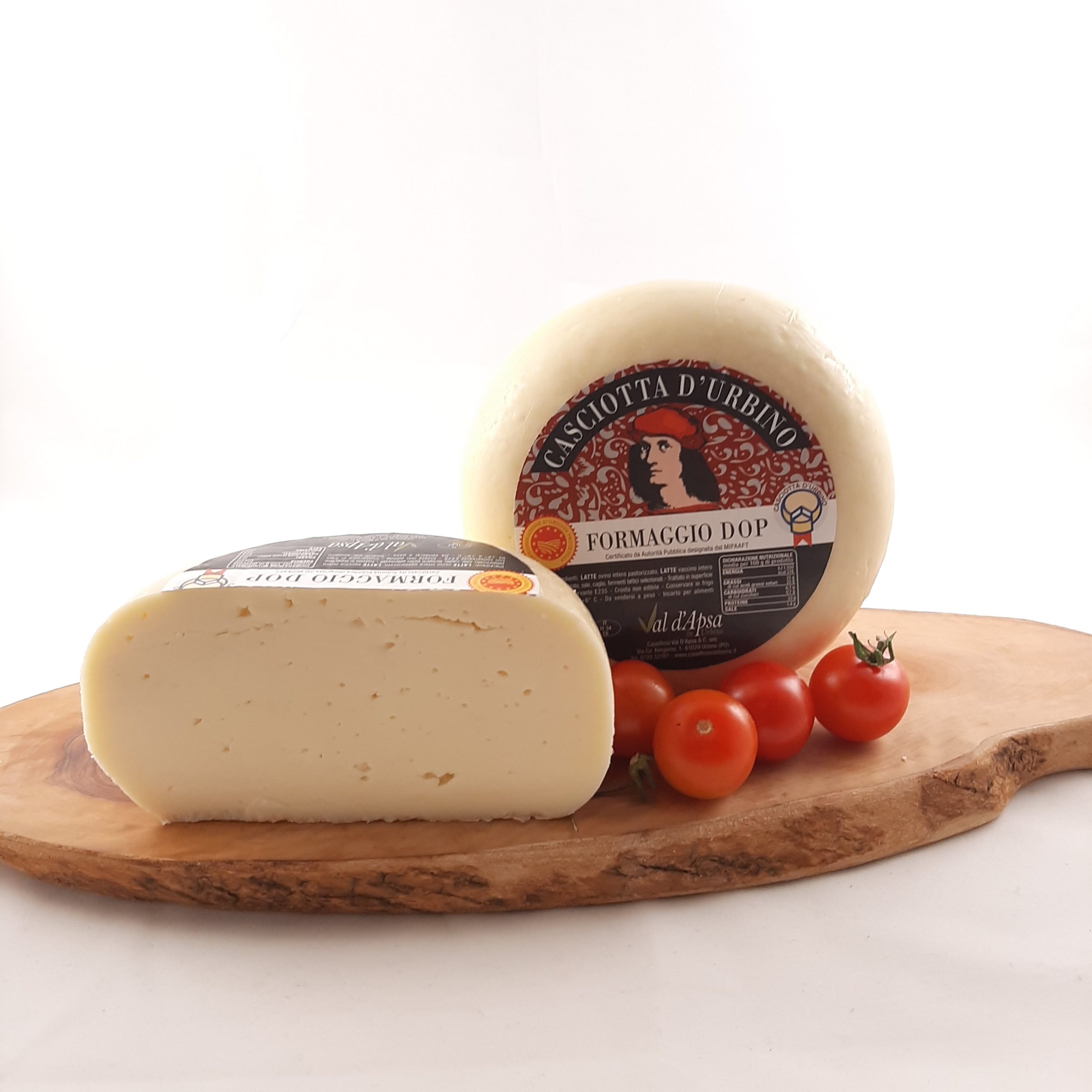
Casciotta di Urbino DOP +/ Gr 500 Bontà delle Marche
La casciotta è un formaggio a base di latte ovino intero (70-80%) e di latte vaccino (20-30%), derivante da allevamenti situati nella provincia di Pesaro e Urbino (Marche) e nei territori di Novafeltria, San Leo e Sant'Agata Feltria, passati nel 2009 sotto alla provincia di Rimini (Emilia Romagna). Le origine marchigiane del prodotto sono evocate anche dal termine cascio contenuto nel suo.

CASCIOTTA DI URBINO DOP Formaggio grasso, di breve stagionatura, a
Casciotta d'Urbino is usually sold as a fresh cheese, as a result its taste is sweet and slightly acidic, with a distinct milky aroma. It is also famous for its small dimensions, with a maximum diameter of 16 cm and often not even weighing 1kg. Casciotta is the perfect cheese for a cutting board of cold cuts, especially with Prosciutto di San.
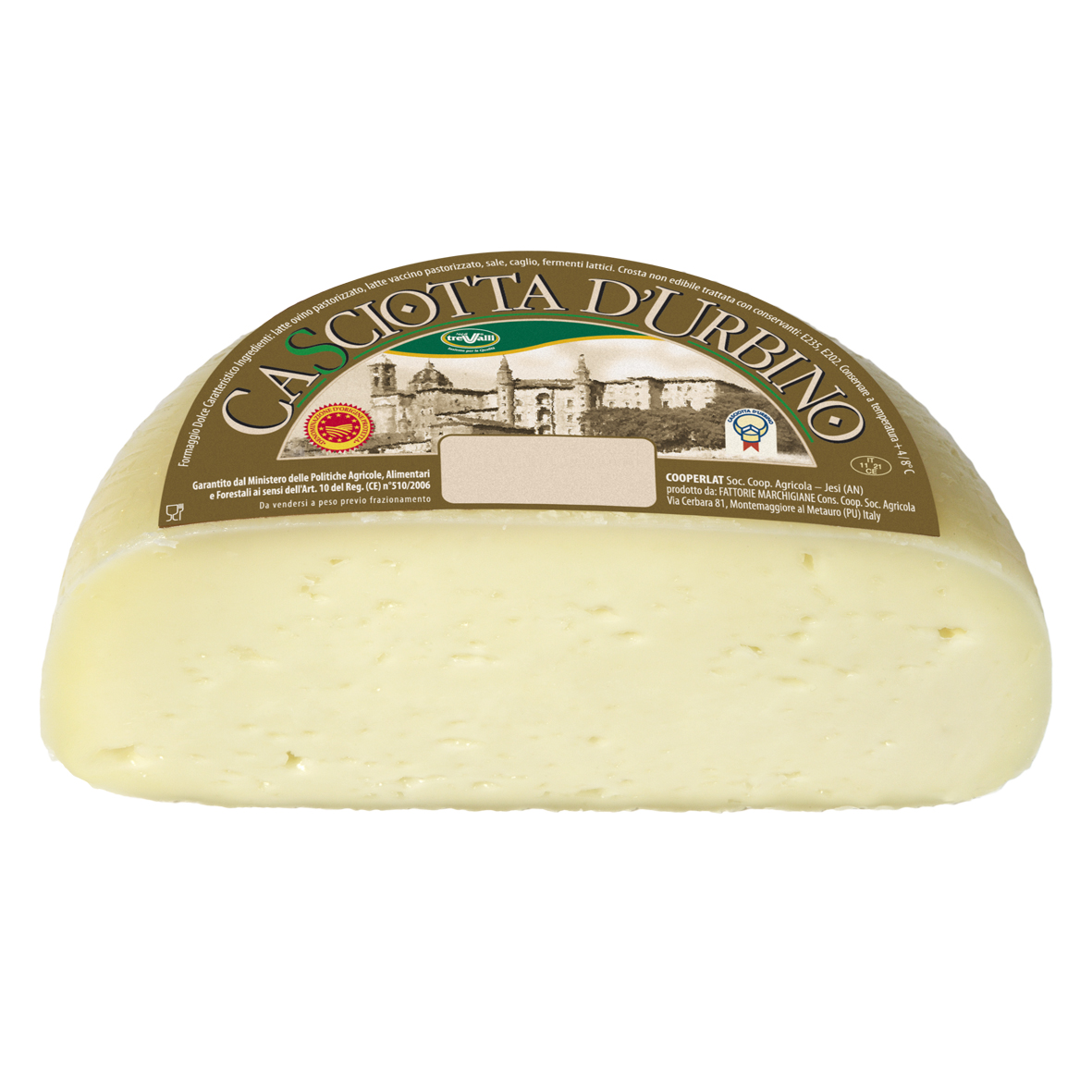
Casciotta d'Urbino DOP, a latte misto, a pasta molle
Casciotta di Urbino. Casciotta d'Urbino PDO is a type of casciotta Italian cheese made from 70% sheep's milk and 30% whole cow's milk. This semi-soft cheese can only be made in the Pesaro-Urbino province of Italy with features and characteristics attributable to the area. 'Cascio' which means cheese from an ancient past was produced.
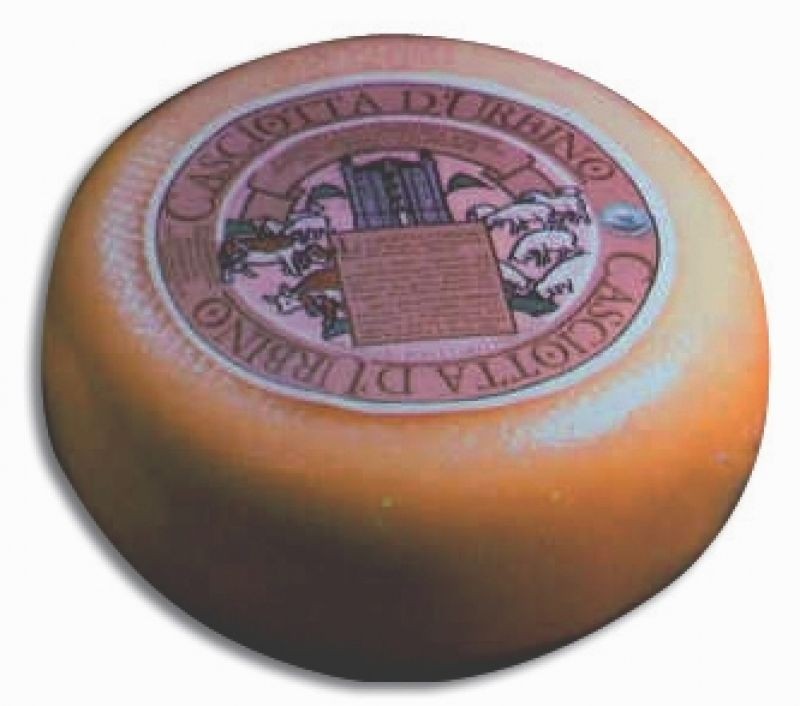
Casciotta D’Urbino Tipicità Marche Prodotti Tipici Marche Vacanza
Consorzio di tutela Casciotta d'Urbino: Provvedimento: Reg. CE n.1107/96 (GUCE L. 148/96 del 21.06.1996) La Casciotta d'Urbino è un formaggio italiano a Denominazione di origine protetta, tipico della Provincia di Pesaro e Urbino Storia . Formaggio realizzato sin dall'antichità, era il.
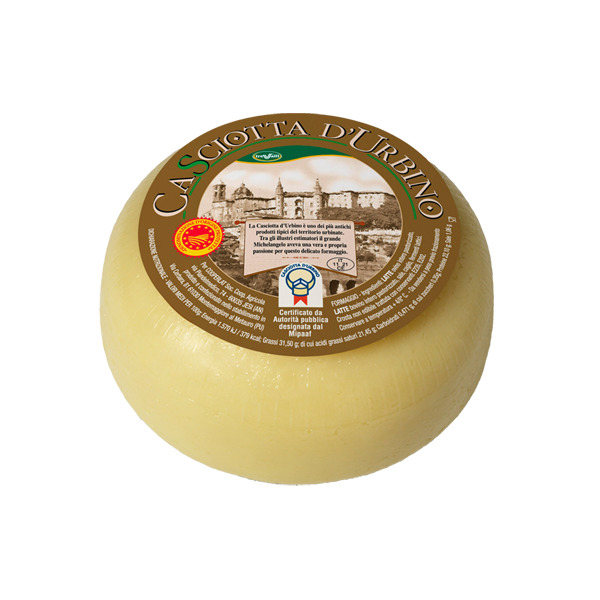
Casciotta di Urbino DOP Trevalli Cooperlat
Casciotta d'Urbino. La Casciotta d'Urbino est un fromage à base principalement de lait de brebis, à pâte semi cuite, produit sur tout le territoire de la province de Pesaro et d'Urbino . Depuis le 12 juin 1996, la dénomination Caciotta d'Urbino est protégée au niveau européen par une appellation d'origine protégée (AOP) 1 .

La Casciotta di Urbino proprietà e ricette
Soft and dense, with a sweet and delicate taste, Casciotta di Urbino is a real delight - a cheese to be discovered. Produced in Italy's region of Marche, it's a regional delicacy that has been adored for ages.The story of the Casciotta di Urbino is entwined with that of the sculptor Michelangelo Buonarroti who was a passionate consumer of this cheese.
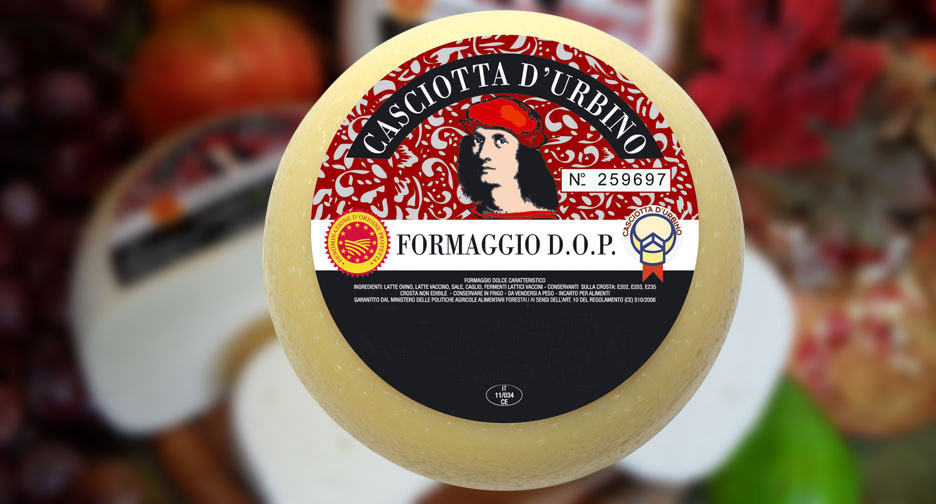
Casciotta d'Urbino DOP, a latte misto, a pasta molle
Caratteristiche nutrizionali. La Casciotta di Urbino DOP è un formaggio misto di latte intero pastorizzato di pecora (70-80%) e capra (20-30%) prodotto esclusivamente nella provincia di Pesaro e Urbino nelle Marche e in alcuni comuni della provincia di Rimini in Emilia-Romagna. Con stagionatura minima di 20 giorni, è a pasta morbida con.
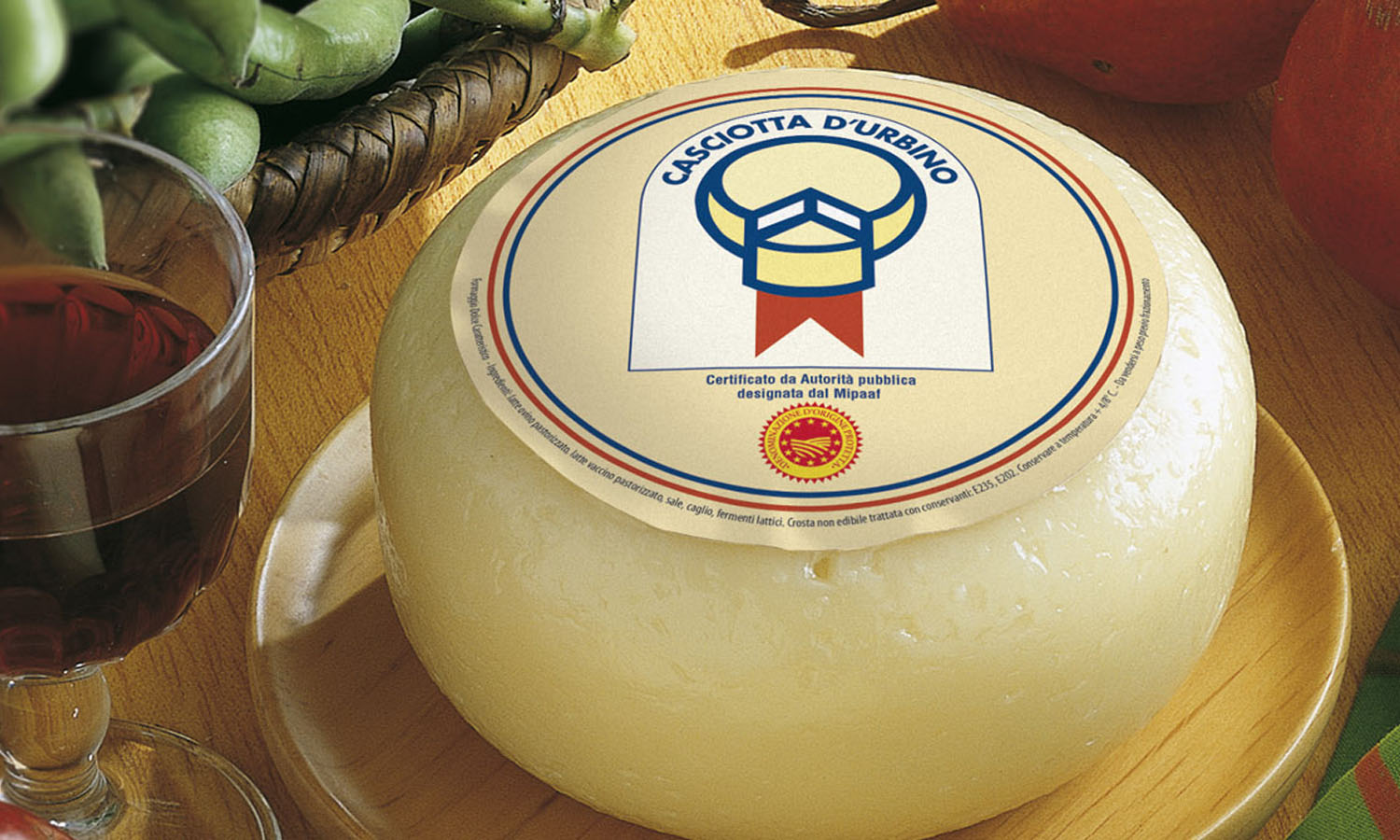
Casciotta d'Urbino DOP Ricette Descrizione Storia Caratteristiche
The only Italian caciotta cheese that has been recognized the PDO (Protected Designation of Origin) is the Casciotta di Urbino in 1996. This cheese, typical of the province of Pesaro and Urbino, is made with 70-80% sheep's milk and the remaining 20-30% is made with cow's milk. Characterized by a soft paste-like texture and a sweet milky taste.
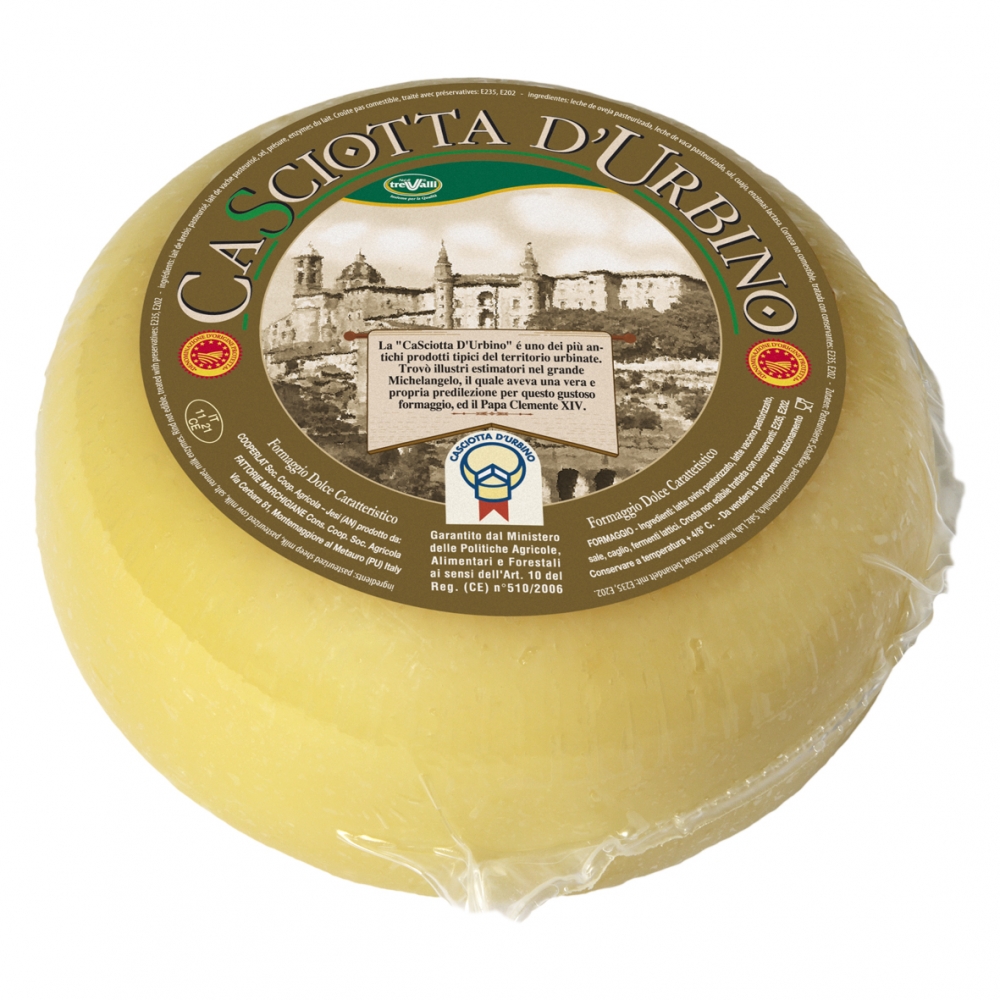
casciottadiUrbino
The 'Urbino Casciotta' [pronounced according to the local dialect rather than the more usual 'caciotta'] was awarded denomination of protected origin (DOP - denominazione di origine protetta) status in 1982 as a unique example amongst the many central Italian caciottas. It is produced by blending 70% sheep's milk with 30% cow's milk.
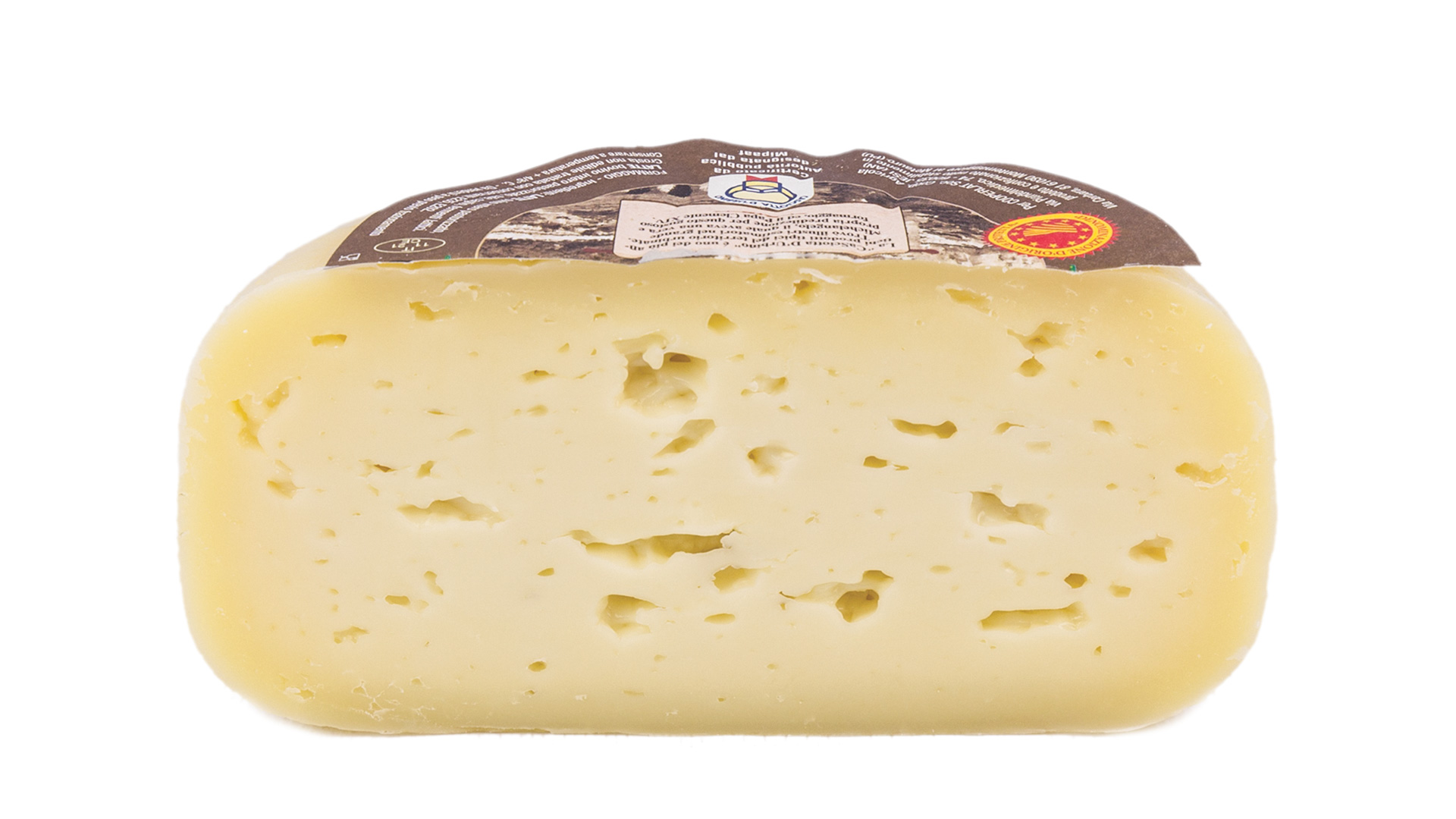
Casciotta di Urbino DOP Guffanti Formaggi, selezione e affinamento
Consorzio Tutela Casciotta di Urbino DOP Via Cerbara, 81 - 61030 COLLI AL METAURO (PS) Italy . Tel. e Fax +39 0721 87981 [email protected] Codice Fiscale 92009090413 P.IVA 02628670412 Numero REA PS - 197153 CREDITS. ×. Credits (D) Developed EIDOS.

La Casciotta di Urbino diventa ..un gelato con le mandorle Cronache
Casciotta d'Urbino is cylindrical in shape with a flat base, rounded sides and a diameter of 12 to 16 cm. It weighs from 800 to 1200 grams. The inner part of the cheese is white or straw in colour whereas the soft, fragile outer part is characterised by light markings. The crust is soft and straw coloured, with a width of nearly 1mm.